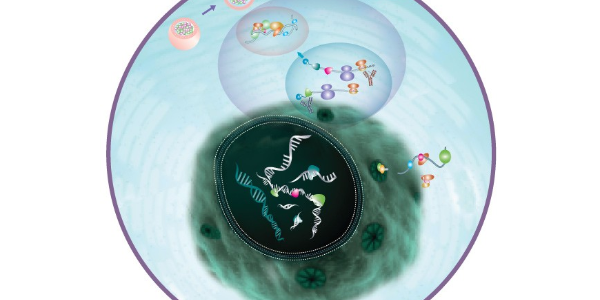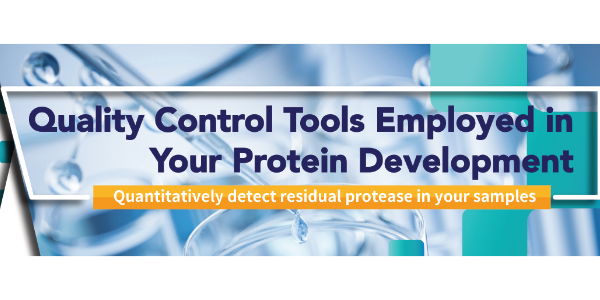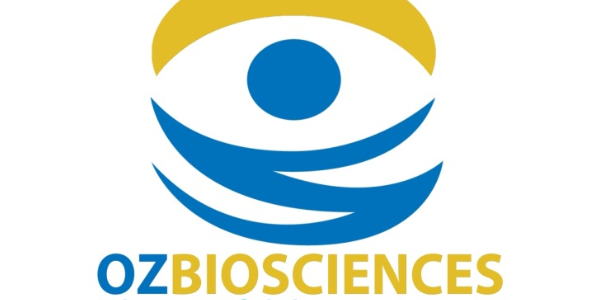A comprehensive guide, helpful tips, and context to the role of ethically collected human biospecimens and corresponding metadata.
Advancements in the understanding of m7G Modification

There is more data that highlights the significant role of m7G modification in human diseases, particularly cancer.
Quantitatively Detect Residual Protease in Samples

LeadGene ELISA kits to quantitatively detect residual protease in samples.
Lipofection

Lipofection is a lipid-based transfection technology which belongs to biochemical methods also including polymers, DEAE dextran and calcium phosphate.
Hidden Treasure in “Junk DNA”
3 Reasons Why You Should Take “Pseudogenes” Seriously in Your Research Protein-coding DNA, or “functional” genes, only accounts for up to 2% in the human genome. Until recently, the remaining 98% have been referred to as “junk DNA” for their
August 2016: The Antibody Update from ProSci
ProSci’s top news picks for August 2016 include a study on T-cell activity inside tumor tissue, the potential effects of Zika virus in adults, and mRNA therapeutics. T-cells Run
Who’s that on my mRNA? RiboTrap Kit from MBLI
You have an RNA of interest aka your favorite RNA. The question is: which RBPs interact with it? Who are these RBPs and what are their intentions with your precious RNA? It’s not yet known how diseases are regulated or
Improve your RNA research using our anti-BrdU antibody!
How do you quantify newly synthesised RNA? There are several ways to detect synthesised RNA, but these methods have their complications. The 5-Bromouridine immunoprecipitation chase (BRIC) Kit offers the the most suitable method for RNA decay analysis. Regulation of gene expression by RNA degradation
